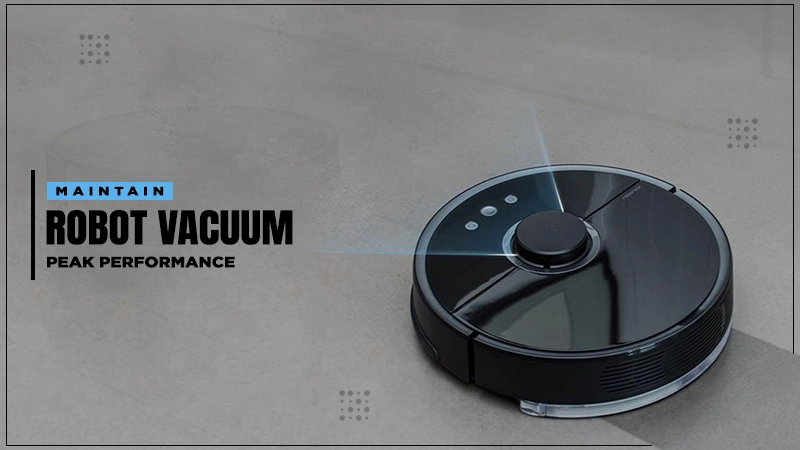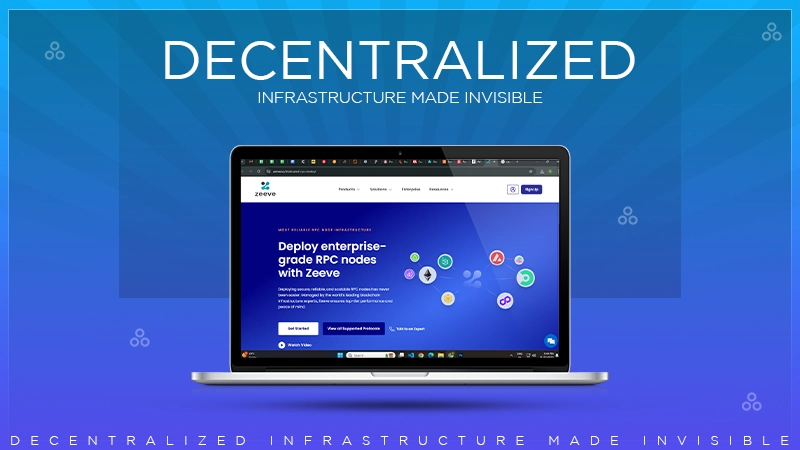
Ready for the secret sauce of how the best machine designers are crushing it?
Cloud technologies.
Boom.
Let’s say that again, louder for the people in the back. Cloud technologies are changing how modern machine and system design is done. And the biggest news isn’t about the market expected to grow from $11.1 billion in 2019 to $29.9 billion by 2025…
It’s the fact that the businesses of today jumping on the cloud technology bandwagon are building more, collaborating better and cutting costs like never before.
But, hold up. You don’t need to be a giant OEM to get in on it.
That’s right. It’s never been easier for your team to access and use the exact same software tools that everyone else is competing with you against.
Here’s exactly what you need to know…
- Why machine design in the cloud is here to stay
- The biggest advantages and results you’ll see ASAP
- Real examples of how cloud platforms change your design workflow
- How to get started today without breaking the bank
Cloud Technologies Are Changing Machine Design Forever
Okay. Get ready for a little history lesson here…
Old school machine design was all about spending boatloads of cash up front on software licenses, hardware and an IT department just to manage your new cloud service.
You’d buy licenses, set up servers and hope for the best when everything inevitably crashed mid-project.
But cloud technologies change that model completely.
Companies offering custom machine design services can now access the best design tools, simulation software and real-time collaboration platforms without owning a byte of the underlying infrastructure. The result? Faster project ramp-up, lower costs and way more flexibility in team workflows and location.
Here’s an example. A design team on one coast can literally work on the exact same 3D model at the exact same time as an engineering team on the other coast. Version control night terrors? Gone. Sending files to each other via email? Yuck. Old school. Real-time collaboration that actually works? Here.
The Benefits You’ll See Right Away
So what makes cloud technologies so super-charged for machine and system design?
Instant Access to the Best Tools
You can finally break up with those expensive CAD software license renewals. Cloud-based design platforms give you access to cutting-edge tools via simple subscriptions. That means no more huge upfront capital expenses, always using the latest software versions and paying only for what you actually use. Oh, and scaling up or down per project.
Real-Time Collaboration That Actually Works
Cloud tech is the real MVP here…
Multiple people can work on the exact same design files at the exact same time. Engineers in different time zones seamlessly jump on/off projects. Project managers get progress updates instantaneously without bugging the design team every 10 seconds.
Recent statistics show that 80% of manufacturers are either already using cloud solutions or expect to implement them in the near future. They aren’t doing this for fun. They see real improvements.
Simulation and Testing on Steroids
Here’s something that used to make designers gnash their teeth in frustration…
Running simulations on local machines used to take forever. Hours or days for results on even moderately complex simulations.
Cloud computing horsepower lets you run multiple simulations at the exact same time and get results in minutes not days.
The implications for the design iteration process are huge. You can test more, catch errors sooner and deliver better final designs.
How Cloud Platforms Improve Your Design Process
Okay. Enough of the theory. Let’s talk about exactly how this works in practice.
Easy Data Storage and Accessibility
Your design files are safely stored in the cloud and accessible from anywhere. Bye-bye “it’s on John’s laptop and he’s in Fiji” problems. Everything is automatically backed up and accessible from any device with an internet connection.
Automated Backups and Version Control
Cloud platforms automatically save all versions of your designs. Screwed up a change you just don’t like? Instantly roll back to a previous version. Designers can experiment fearlessly because they never have to lose work.
Seamless Integration with Manufacturing Execution Systems
Modern cloud platforms don’t just store your design files. They integrate directly with manufacturing execution systems to move files from design to production, send automatic updates when designs change and improve team communications.
Real manufacturers are already seeing the numbers to back up these claims. Recent research indicates that 73% of manufacturers reported improved agility and flexibility in their operations after implementing cloud technologies.
Cost Savings That Actually Matter
Okay. Time for the million-dollar question here…
How much is this going to save you?
Way Lower Infrastructure Costs
Wave goodbye to the days of expensive on-premise servers, an army of IT maintenance staff and constant hardware refresh cycles. Your cloud provider takes care of that for you.
Slimmed Down Software Licensing Costs
Forget those hefty upfront fees for software licenses. You pay monthly subscriptions. You convert big capital expenses into lower, predictable operational expenses. The finance team is THRILLED.
Faster Time to Market
Beating competitors to market means more revenue for you. Cloud-based design tools reduce design-to-manufacture times and literally put your products on the market faster.
Getting Started Without The Headache
Okay, cool story bro. But how do I actually start using cloud technologies for my machine design work?
Check it out. This is how you make it happen.
Don’t Try to Eat the Whole Elephant
Don’t migrate everything to the cloud at once. Pick a single project or team and pilot cloud-based tools with them. Learn what works and doesn’t. Adapt and adjust. Once you have a process, scale to other teams and projects.
Pick the Right Platform
Look for platforms specifically built for machine and system design, not just generic cloud storage. You need tools built with engineering workflows in mind.
Train Your Team
Cloud tools are generally intuitive, but training is still important. Spend some time upfront getting your team comfortable with new workflows and processes. This will pay off handsomely later.
Define Clear Goals
Know why you are doing this. Faster design cycles? Better collaboration? Cost reduction? Knowing what you want to achieve helps you measure your success.
Cloud Is the Future and the Future is Now
Manufacturing solutions in the cloud are projected to have a 15% CAGR in the coming years. This isn’t a trend. This is the new normal.
Businesses making the jump to cloud technologies today are building competitive advantages that will compound into the future. Faster design. Better collaboration. More efficient innovation cycles than competitors stuck with antiquated systems.
And most people miss this critical point…
Cloud technology is not just about storing files or running software in remote data centers. Cloud manufacturing technologies are about changing how design teams work together, iterate on ideas and move from concept to production.
What This Means for Your Business
The barrier to entry for world-class machine design tools has never been lower. Small teams now have access to the same industry-leading tools that were previously the sole purview of large corporations with deep pockets.
This means more competition in the marketplace. Faster innovation cycles and more pressure to adopt cloud-based technologies or fall behind.
The question isn’t if your business moves to cloud-based design tools. The question is when, and more importantly, are you going to be a leader or a laggard in the process?
Time to Take Action
Cloud technologies are already here and have completely changed how modern machine and system design is done. The benefits are proven: lower costs, faster design cycles, better collaboration and access to world-class tools without massive infrastructure expenses. The statistics bear this out with manufacturers reporting real improvements in flexibility, agility and time-to-market.
But all this talk is worthless if you don’t take action.
Start exploring cloud-based design platforms. Get your team on board with pilot projects. Look at your current workflows and identify the biggest opportunities for cloud-based tools to make an immediate impact.
The future of machine and system design is already here. The only question is whether you are going to be part of it.









